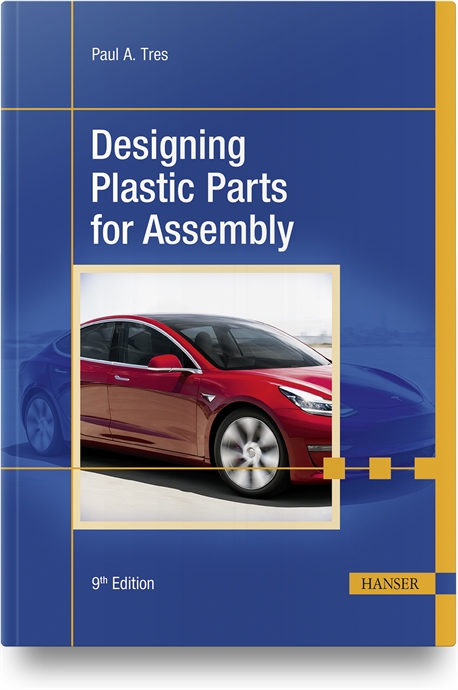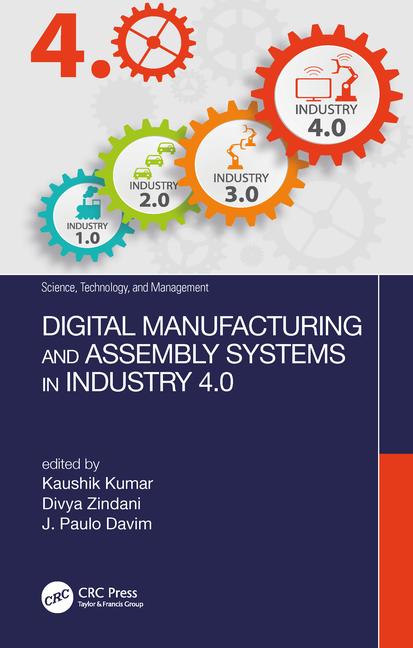
Feeder presents parts on plenum in lower left of picture. Parts described
in article are replaced by candy bars of about the same size. Photo courtesy
Rixan Associates Inc.

The Cognex In-Sight vision system is shown at the top of the vibratory
feeding system. Photo courtesy Rixan Associates Inc.
Rixan President Stephen Harris felt that speed, accuracy and reliability of part placement could be realized by replacing channels and guides with a vision system and integrated robot. This led to the development of the Rixan RFS-1000 flexible vibratory bowl feeder system, which can handle a virtually unlimited number of parts within a certain size range.
By using the flexible feeder system, the fastener manufacturer has eliminated the need for an operator and improved productivity by 20 percent. These two benefits, along with a return on investment of less than one year, have prompted the manufacturer to purchase two additional systems, which are in the process of being programmed to handle its full range of parts.
Main components of the RFS-1000 are the Cognex In-Sight 5401 vision system, Mitsubishi Electric RV-6SL-S11 robot and feeding track on a 24-inch vibratory bowl that has no obstructions or cutouts. Rixan engineers preferred the In-Sight 5401 system because it can acquire up to 60 full 8-bit images per second. The RV-6SL-S11 robot has a long reach and can move at speeds up to 19.69 fps.
Every part that reaches the top of the bowl is presented onto a raised semitransparent plenum so the vision system mounted above can easily identify the type of each part and its orientation. The correct parts are picked by the robot while incorrect parts are recycled into the bowl and continue going around until they become properly oriented. When the vision system views the right part in the right orientation, it stops the feeder and sends the part’s location to a robot.
The robot, in turn, moves to the location of the part, twists its wrist to match the part’s orientation, picks up the part and loads the part into the press. Then the robot sends a signal to restart the feeder once all pickable parts have been removed.
The vision system distinguishes one part from another so operators do not have to clean out the bowl when changing from one part to another. The parts remaining from the previous run pass through the feeder without being used until the corresponding program runs again.
Mitsubishi Melfa-Vision software is used to program the robot and supports most common robot applications. Users can develop robotic vision applications with up to three robots and seven vision sensors.
Setup of the system to meet the manufacturer’s specific application was done in two stages. First, Rixan engineers taught the robot to pick up a part in the proper orientation at a specific point on the plenum. This required calibrating the robot in relation to the feeder, putting a part in the robot gripper in the ideal orientation, jogging the robot over the feeder and having it set the part down on the plenum.
Second, they programmed the feeder to recognize and handle a single part as it moved across the plenum. Engineers ran the PatFind object location tool (in the Melfa-Vision wizard) and drew a rectangle around the part on the vision system screen. The system then knew to stop the feeder so one last image of that specific part can be taken to determine its exact position and calculate its angle of presentation.
Most parts in this manufacturer’s application are symmetrical top to bottom so they can be identified from their silhouette with the plenum backlit. Some other parts must have a certain side facing upwards before they can be loaded on the press.
The PatMax tool recognizes which side is up on these parts. Top-down lighting is used for parts where pattern recognition is required. White lighting is used for some parts and glare-free polarized lighting for others.
For more information on vision systems, call 508-650-3000 or visitwww.cognex.com. For more information about robots and bowl feeder systems, call 937-438-3005 or visitwww.rixan.com.








